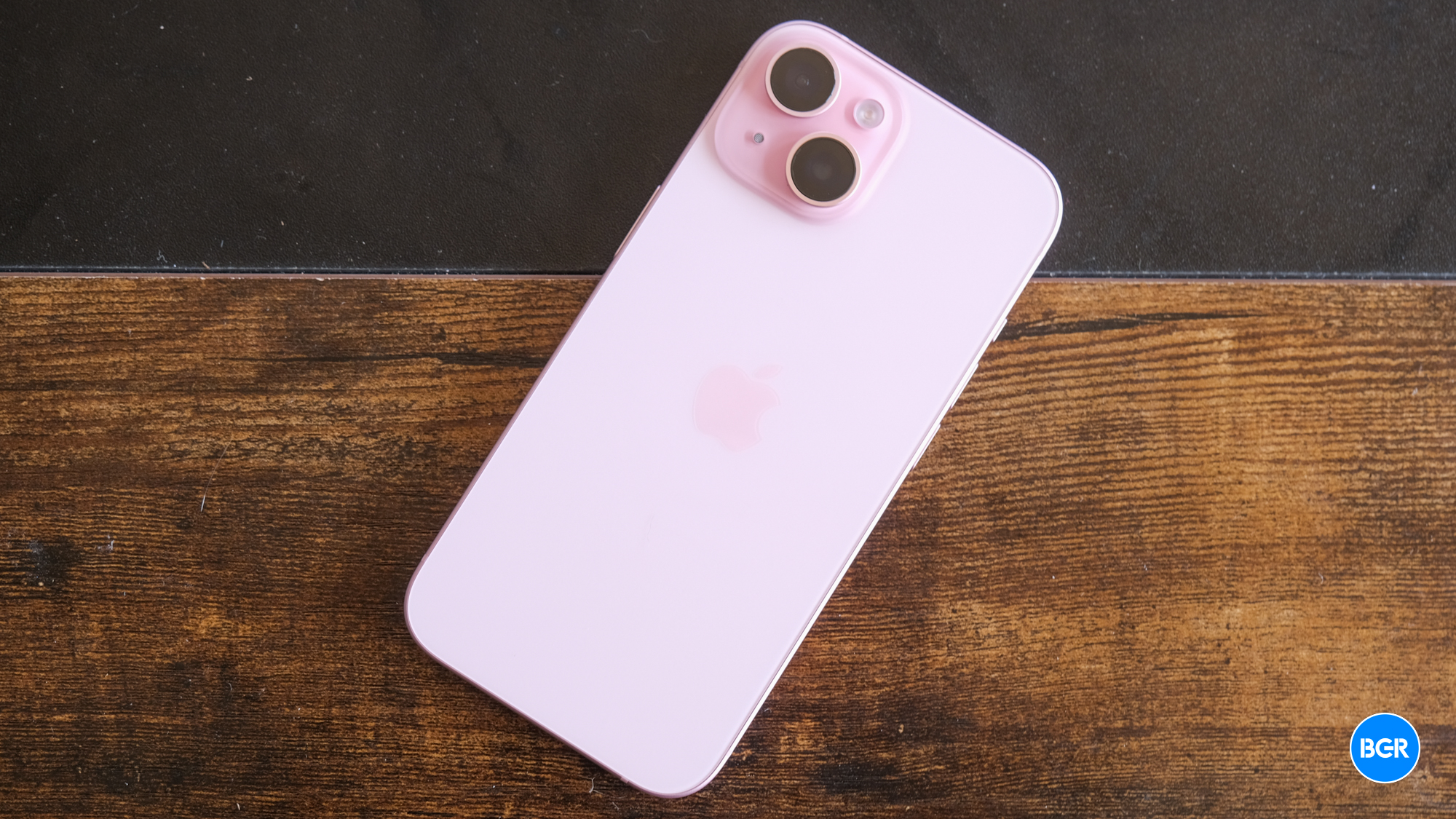Smartphone vendors have struggled in recent years, with one notable exception: Apple. While others saw sales and profits dive amid economic uncertainty, Apple did something unexpected by selling more expensive iPhones without increasing the price.
Apple increased the average selling price for the iPhone, taking advantage of the growing popularity of Pro versions of phones like the iPhone 14 and iPhone 15.
But now, an increasing number of reports claim that Apple has been facing stiffer iPhone competition in China than ever. Huawei’s resurgence is one factor contributing to an uptick in Android phone sales in the country at the expense of the iPhone 15.
The latest development concerns a move many Apple fans would love to see in their home markets. Apple cut the iPhone 15 prices in China ahead of the iPhone 16 launch, and the discounts are significant.
Tech. Entertainment. Science. Your inbox.
Sign up for the most interesting tech & entertainment news out there.
By signing up, I agree to the Terms of Use and have reviewed the Privacy Notice.
I can’t help but wonder if that’s not something that Apple should consider doing globally, not just in China. And I’m not talking about just the iPhone 15, but every new iPhone generation in the six-month period that precedes the next-gen model’s arrival.
Per Reuters, Apple is slashing prices in China by as much as 2,300 yuan ($318) on select iPhones. The promotion is valid through May 28th, and the price cuts are more significant than a similar campaign in February.
The report notes that the best deal applies to the 1TB iPhone 15 Pro Max, but other models also get great discounts. The 256GB iPhone 15 Pro Max costs 7,949 yuan ($1,199), down from its original 9,999 yuan ($1,382) price in September. The 128GB iPhone 15 model costs 4,599 ($636), down from 5,999 yuan ($829).
Apple discounted select iPhone 15 models by up to 1,150 yuan ($159) in February. According to Reuters, the move might have worked. Shipments increased by 12% in March.
That’s a “significant improvement” from the first two months of 2024, when Apple saw a 37% slump in sales. The figures come from Reuters’ calculations based on the China Academy of Information and Communications Technology (CAICT) data. Apple doesn’t offer actual figures for any of its markets.
The Chinese market has its particularities, but I think Apple could test similar strategies in other markets in the second half of the calendar year. After all, the iPhone has to fight mostly against Android devices from Chinese vendors in other international markets.
 The iPhone 15 features a diagonal camera arrangement. Image source: Christian de Looper for BGR
The iPhone 15 features a diagonal camera arrangement. Image source: Christian de Looper for BGR
Traditionally, Apple sells the most new iPhones in the first and second quarters after their introduction. For the iPhone 15, that’s the Christmas and March quarters. Sales then slow down over the summer as more seasoned iPhone buyers prepare for the next-gen series. In this case, loyal iPhone users might be looking forward to the iPhone 16 series.
When the iPhone 16 launches, Apple will discount the iPhone 15 phones by $100 and discontinue the iPhone 15 Pro models.
But what if Apple would replicate the strategy it’s using in China at random times in international markets. For example, Apple currently offers better trade-in prices for older iPhones. That’s one way to go about it. But actual price cuts might work even better.
Apple could focus on selling the new iPhones for the highest possible prices during the December and March quarters. Then, it could run all sorts of promos to get rid of iPhone stock ahead of the upcoming generation’s arrival.
These promos could target people who are new to iPhones or those who are uncertain about upgrades. Apple would probably not offer deals as good as in China, but iPhone sales would certainly go well with consumers.
Deals on the iPhone Pro flagships, which will hit the end of life in September, could be especially good. Apple would get to convert more people to iPhone or keep customers loyal to the handset. They’ll then spend more money on content and Apple services. Apple could design these discounts to focus on the more expensive models to keep its average selling price within targets.
Cutting the price of a new iPhone series for brief periods in the second half of its first year of life might also drive more people to upgrade faster than usual.
Right now, buyers can score cheaper iPhone 15 units from carriers or third-party retailers. It happens every year. The discounts aren’t massive, but you’d still get a brand-new iPhone for a lower price tag. Carrier deals might be more impressive, yes. But conditions will apply, and carriers will make their money back. Only Apple will not cut the price points announced in September until the iPhone 16 series arrives.

